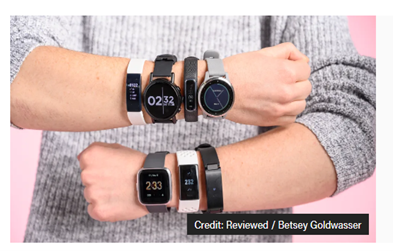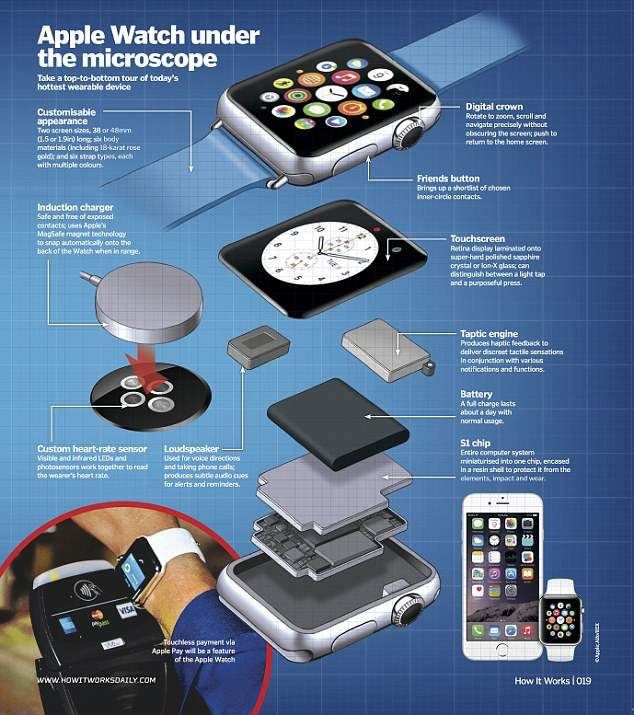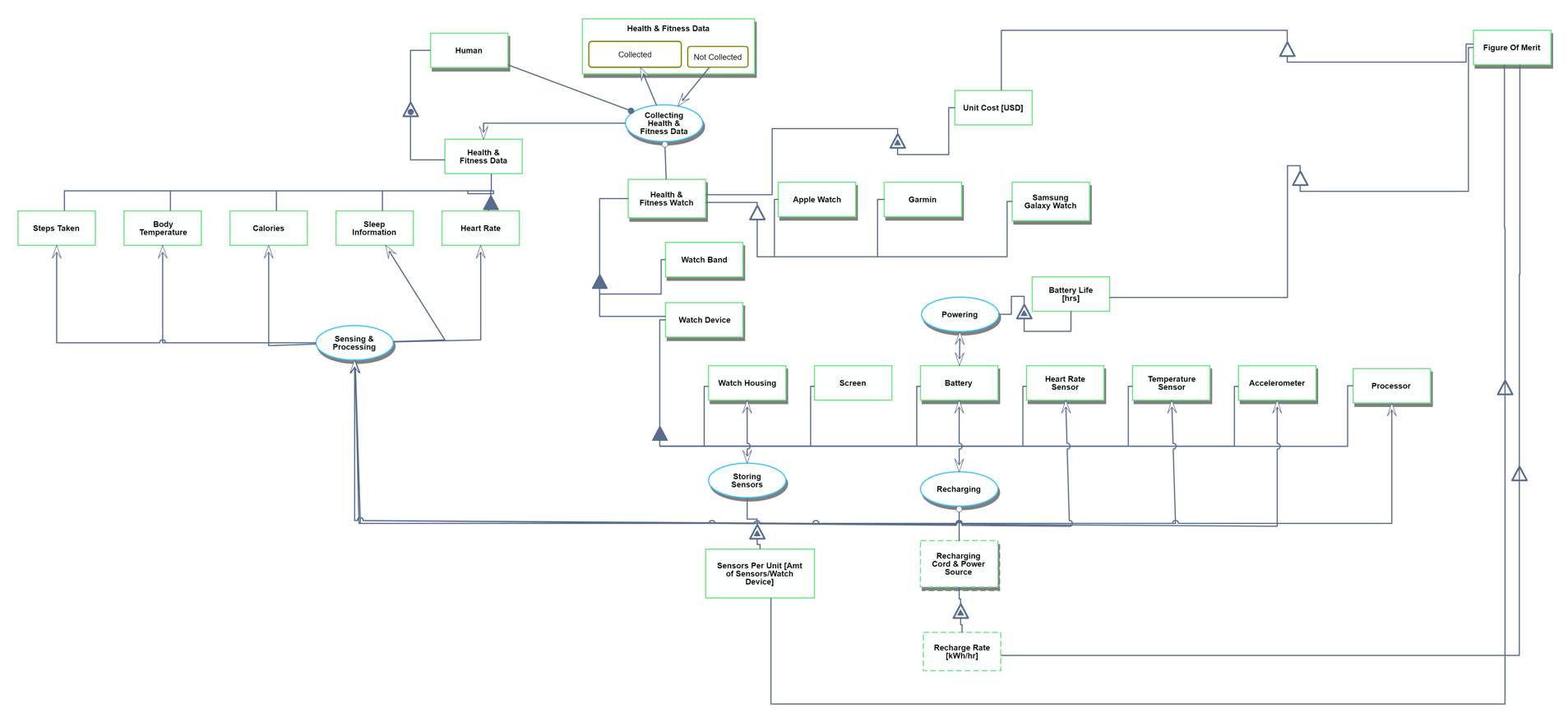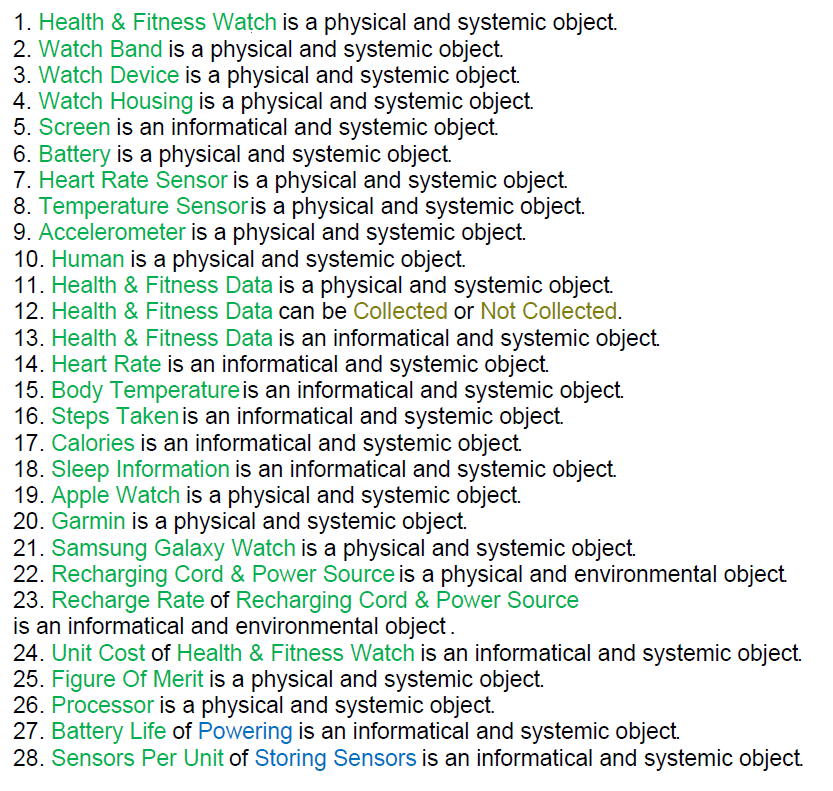Difference between revisions of "Wearable Health Fitness Watches"
| Line 23: | Line 23: | ||
[[File:OPM_Diagram.png]] | [[File:OPM_Diagram.png]] | ||
An Object-Process-Language (OPL) description of the roadmap scope is auto-generated and | An Object-Process-Language (OPL) description of the roadmap scope is auto-generated and provided below. It reflects the same content as the previous figure but in a formal natural language. | ||
[[File: | [[File: OPM_Language_1-28.png]] | ||
=Figures of Merit (FOM)= | =Figures of Merit (FOM)= | ||
Revision as of 00:54, 12 October 2023
Roadmap Overview
Wearable health/fitness technology has been around since 1268, when the first documented use of eyeglasses was recorded. While wearable health/fitness technology has come a long way since 1268, it was only in the last two decades that wearable health/fitness technology has become mainstream and widely used. The initial and generally adopted wearable health/fitness technology that hit the market in 2003 came in the form of watches, particularly the Garmin Forerunner 101, which was equipped with technology that measured speed, distance, pace, and calories burned. It would be almost another decade before smartwatches with health/fitness sensors integrated into them would be available. When smartwatches with health/fitness technology appeared in the early 2010s, they became almost an overnight sensation. Smartwatches with health/fitness technology have become wildly popular because they allow the wearer to track their health/fitness levels with a single device around their wrist. In addition, smartwatches are multi-purpose with other functionalities the wearer may use, and they serve as both a fashion and status statement.
Today wearable health/fitness technology has morphed to include smart jewelry such as rings and bracelets; for this technology roadmap, the focus will specifically be on health/fitness technology in the form of smartwatches.
The unique identifier for this technology road map is: 2WHFWT - Wearable Health/Fitness Smartwatch Technology.
This indicates that we are dealing with a “level 2” roadmap at the product level where “level 1” would indicate a market-level roadmap, “level 3” would represent the subcomponent roadmap, and “level 4” would indicate an individual component roadmap. At the product level, wearable health/fitness smartwatches typically comprise a watch band and a watch device. The watch device includes a housing unit, screen, battery, heart rate sensor, temperature sensor, accelerometer, and computer processing unit.
Note, the graphic above is specific to the Apple Watch product and is meant to serve as an example of all the components involved in a Health/Fitness smartwatch.
Design Structure Matrix (DSM) Allocation
Roadmap Model using OPM
Below is an Object-Process-Diagram (OPD) of the health/fitness smartwatch technology (2WHFWT) roadmap. This diagram captures the main object of the roadmap (Health/fitness Smartwatch), its various instances, including the main competitors, its decomposition into components and subsystems (sensors, processor), its characterization by Figures of Merit (FOMs) as well as the main processes (collecting health/fitness data, sensing/processing, powering, etc).
An Object-Process-Language (OPL) description of the roadmap scope is auto-generated and provided below. It reflects the same content as the previous figure but in a formal natural language.



